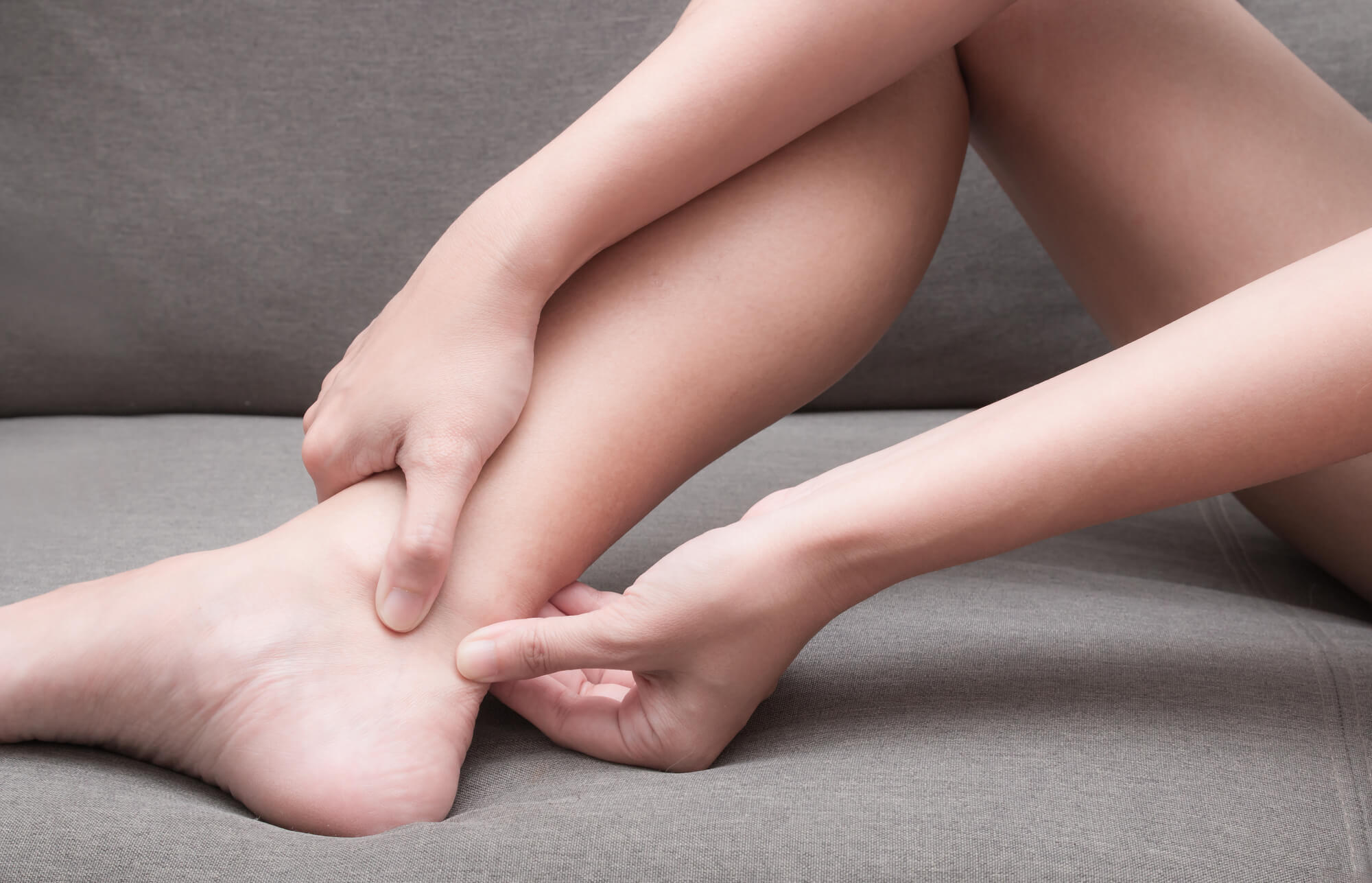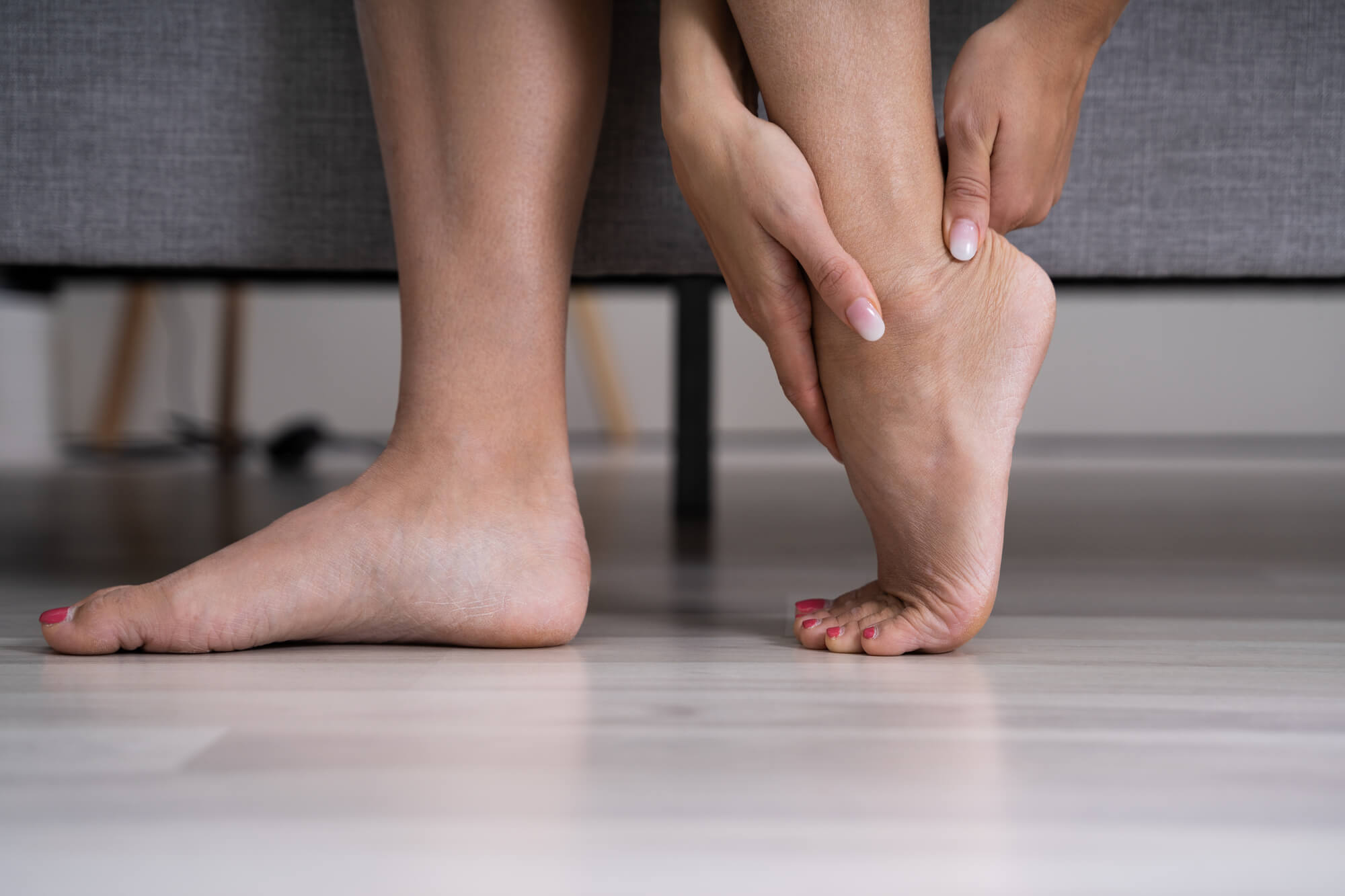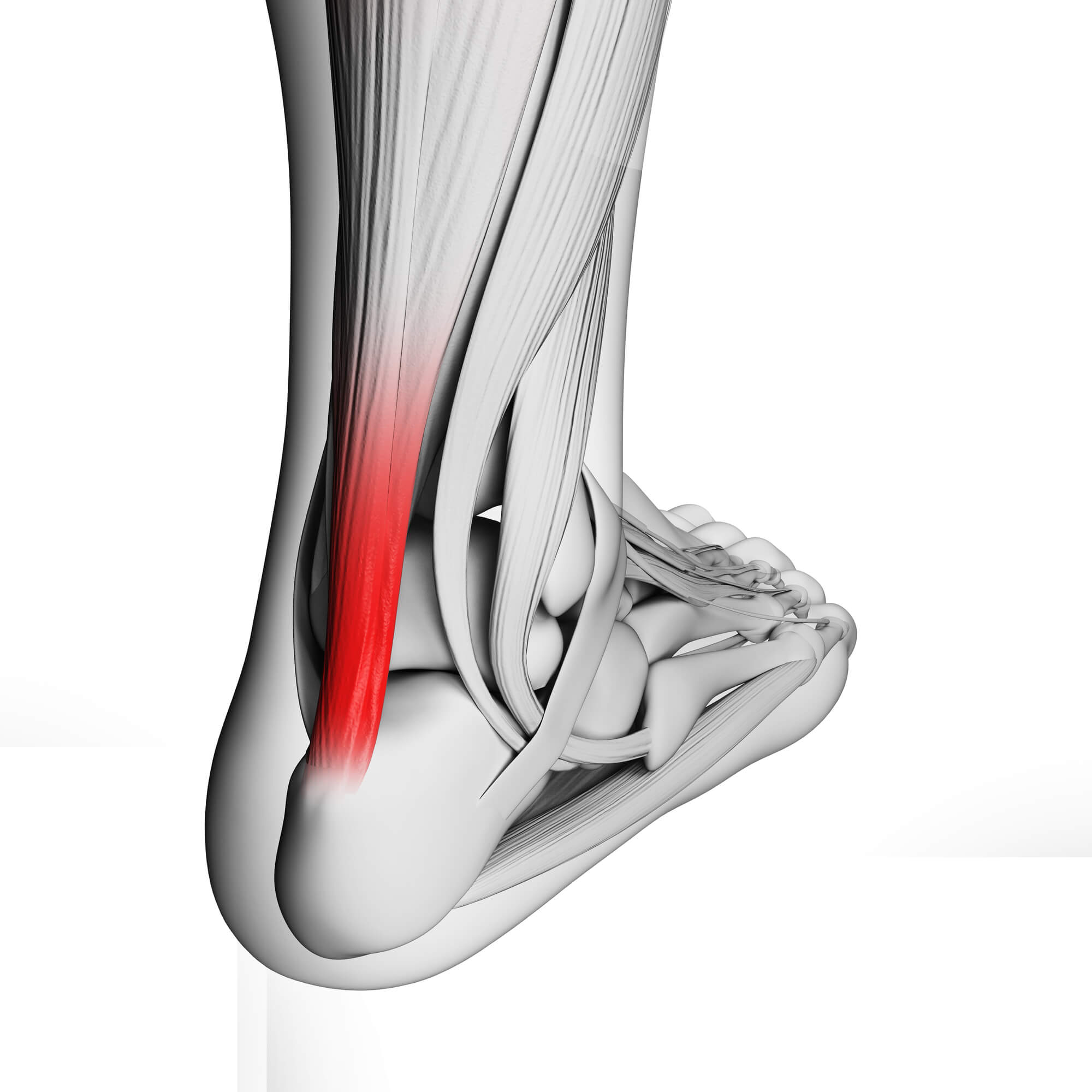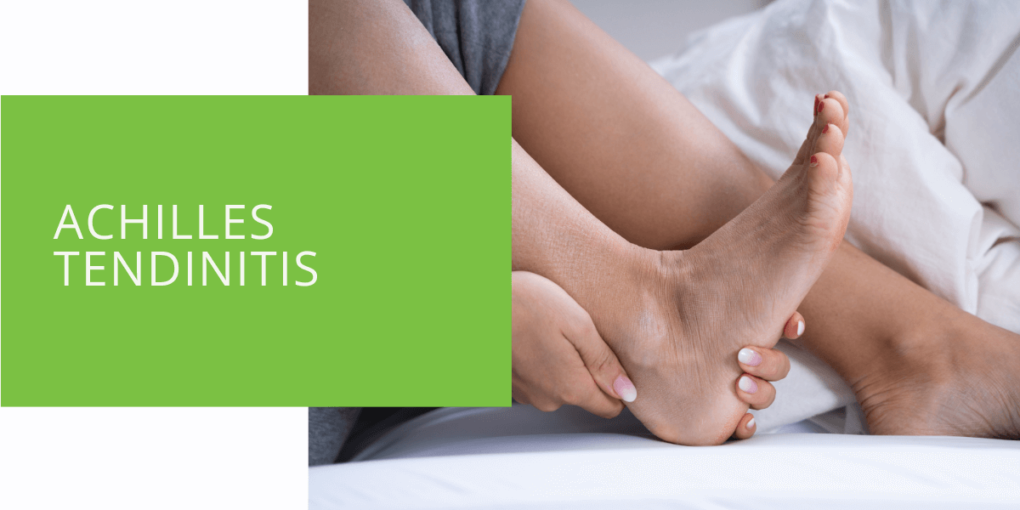Understanding and Treating Achilles Tendinitis
The Achilles tendon is a strong tissue band connecting the calf muscle to the heel bone. It is an essential part of movement, allowing us to push off the ground when we walk, run, or jump. However, this tendon is also prone to injuries and overuse, leading to a condition called Achilles tendinitis.
What is Achilles Tendinitis?
Achilles tendinitis is a common overuse injury that occurs when the Achilles tendon becomes inflamed, often as a result of repetitive stress or strain. It is most commonly seen in athletes and active individuals, but it can also affect sedentary people who suddenly increase their physical activity.
Symptoms of Achilles tendinitis include pain and swelling in the back of the heel, particularly when walking or standing on your toes. There may also be a sharp pain when the tendon is stretched or a dull ache when resting. In severe cases, there may be a visible bulge or a "gap" in the tendon.

Causes of Achilles Tendinitis
Several factors can contribute to the development of Achilles tendinitis, including:
- Overuse: Engaging in activities that put repetitive strain on the tendon, such as running or jumping, can lead to overuse injuries like tendinitis.
- Poor footwear: Wearing shoes with poor support or inadequate cushioning can increase the risk of Achilles tendinitis.
- Tight calf muscles: Tight calf muscles can cause the Achilles tendon to work harder and become strained, leading to tendinitis.
- Age: The risk of developing Achilles tendinitis increases as we get older due to the natural degeneration of the tendon.
Diagnosing Achilles Tendinitis
If you suspect you have Achilles tendinitis, it is important to see a doctor or podiatrist for a proper diagnosis. The doctor may start by taking a medical history and performing a physical exam to assess your foot and ankle range of motion. They may also palpate (touch) the tendon to check for swelling, tenderness, and any gaps or bulges.
Imaging Tests
In some cases, the doctor may recommend imaging tests such as an X-ray or MRI to confirm the diagnosis and rule out other potential issues. These tests can provide detailed images of the tendon and surrounding structures, helping the doctor determine the extent of the injury and the best course of treatment.

Treatment Options for Achilles Tendinitis
The treatment plan for Achilles tendinitis will depend on the severity of the injury and the individual's needs and preferences.
Conservative Treatment
Mild cases of Achilles tendinitis can often be treated with conservative measures such as:
- Rest: It is important to take a break from activities that put a strain on the tendon and allow it to heal.
- Ice: Applying ice to the affected area can help to reduce pain and swelling.
- Medications: Nonsteroidal anti-inflammatory drugs (NSAIDs) such as ibuprofen or naproxen can help to relieve pain and inflammation.
- Physical therapy: A physical therapist can teach stretching and strengthening exercises to help relieve pain and improve function.
- Orthotic inserts: Wearing orthotic inserts in your shoes can provide additional support and cushioning for the tendon.
Surgical Treatment
Surgery may sometimes be necessary to repair the tendon or remove any bone spurs causing pain. Surgery may be recommended for severe cases of Achilles tendinitis or for those who do not respond to conservative treatment.

Preventing Achilles Tendinitis
There are several steps you can take to prevent Achilles tendinitis, including:
Stretching and Strengthening Exercises
Stretching and strengthening exercises can help to improve flexibility and strength in the calf muscles and Achilles tendon, reducing the risk of overuse injuries. It is important to warm up before exercising and to stretch properly afterwards.
Wearing Proper Footwear
Wearing shoes with proper support and cushioning can help to reduce the strain on the Achilles tendon and prevent overuse injuries. It is also important to replace shoes when they are worn out or no longer provide adequate support.
Managing Training and Activity Levels
Gradually increasing your training and activity levels can help to prevent overuse injuries like Achilles tendinitis. It is also important to listen to your body and take breaks when needed.
Conclusion
Achilles tendinitis is a common overuse injury that can cause pain and swelling in the heel and calf. It is important to see a doctor or podiatrist for a proper diagnosis and treatment plan. Conservative treatment options such as rest, ice, medications, and physical therapy can often be effective in relieving pain and improving function. In severe cases, surgery may be necessary to repair the tendon. Taking preventive measures such as stretching and strengthening exercises, wearing proper footwear, and managing training and activity levels can help to reduce the risk of developing Achilles tendinitis.
FAQ
What is the fastest way to heal Achilles tendonitis?
The fastest way to heal Achilles tendonitis is to rest and avoid activities that strain the tendon. Ice can also help to reduce inflammation and pain. Nonsteroidal anti-inflammatory drugs (NSAIDs) such as ibuprofen or naproxen can relieve pain and swelling. Physical therapy and stretching and strengthening exercises may also be recommended to improve function and prevent future injuries.
Does walking help Achilles tendonitis?
Walking may be recommended as part of the treatment plan for Achilles tendonitis, as it can help to improve the range of motion and strengthen the muscles in the foot and ankle. However, listening to your body and taking breaks when needed are important. If walking causes pain or discomfort, it may be necessary to rest or use crutches until the pain subsides.
How long does it take for an inflamed Achilles tendon to heal?
The length of time it takes for an inflamed Achilles tendon to heal will depend on the injury's severity and the treatment received. In most cases, Achilles tendonitis can be resolved within a few weeks to a few months with conservative treatment. However, severe cases or those not treated promptly may take longer to heal.
How can I reduce the inflammation in my Achilles tendon?
To reduce the inflammation in your Achilles tendon, you can try the following:
- Rest: Avoid activities that put a strain on the tendon and allow it to heal.
- Ice: Apply ice to the affected area for 15-20 minutes every 2-3 hours to reduce swelling and pain.
- Medications: Nonsteroidal anti-inflammatory drugs (NSAIDs) such as ibuprofen or naproxen can help to reduce inflammation.
- Stretching and strengthening exercises: A physical therapist can teach you stretching and strengthening exercises to help improve flexibility and strength in the calf muscles and Achilles tendon.
How do you tell if your Achilles is inflamed?
There are several signs that your Achilles may be inflamed:
- Pain and swelling in the back of the heel, particularly when walking or standing on your toes
- Sharp pain when the tendon is stretched or a dull ache when resting
- Visible bulge or "gap" in the tendon
- Decreased range of motion in the foot and ankle
If you are experiencing these symptoms, it is important to see a doctor or podiatrist for a proper diagnosis and treatment plan.

